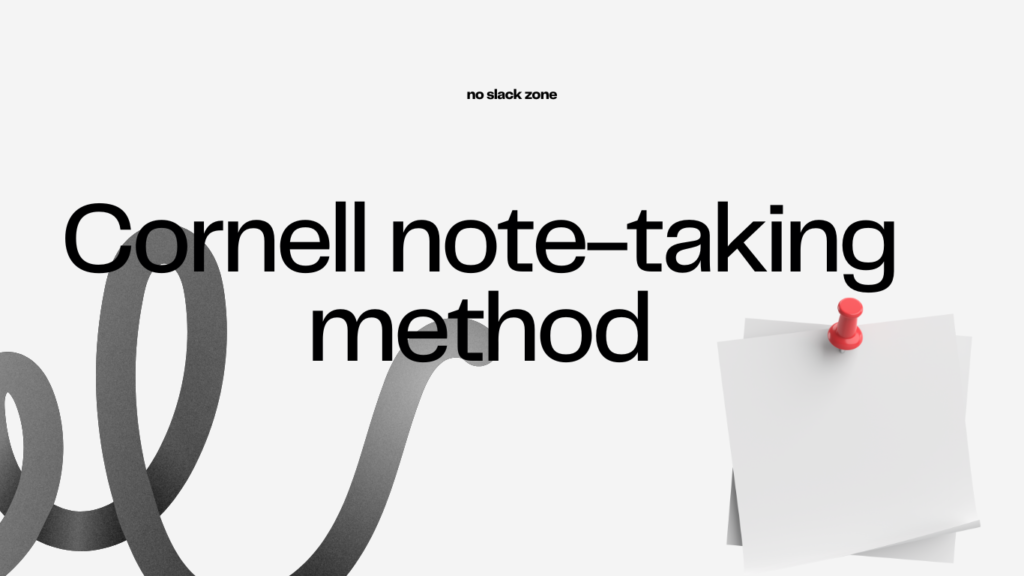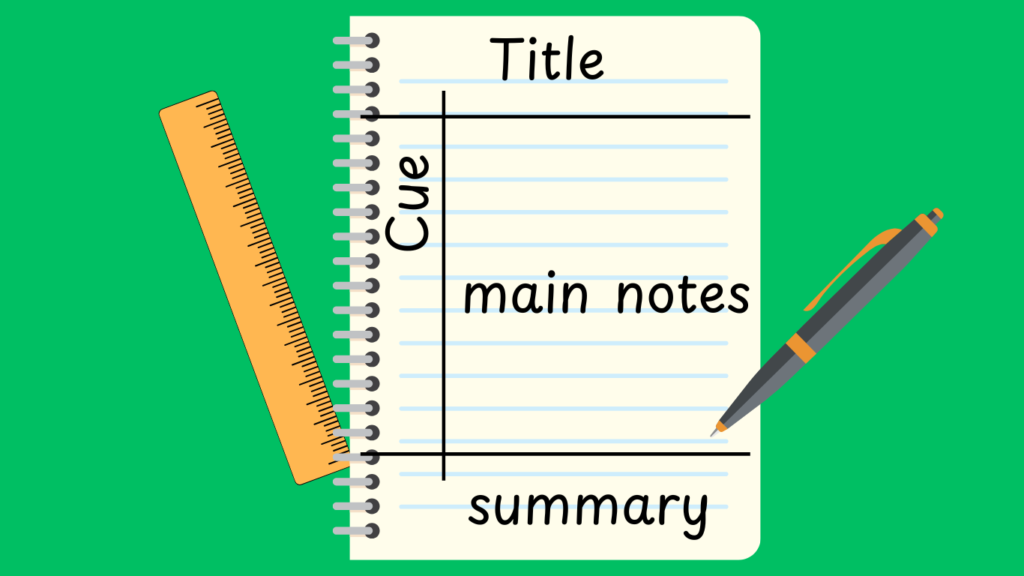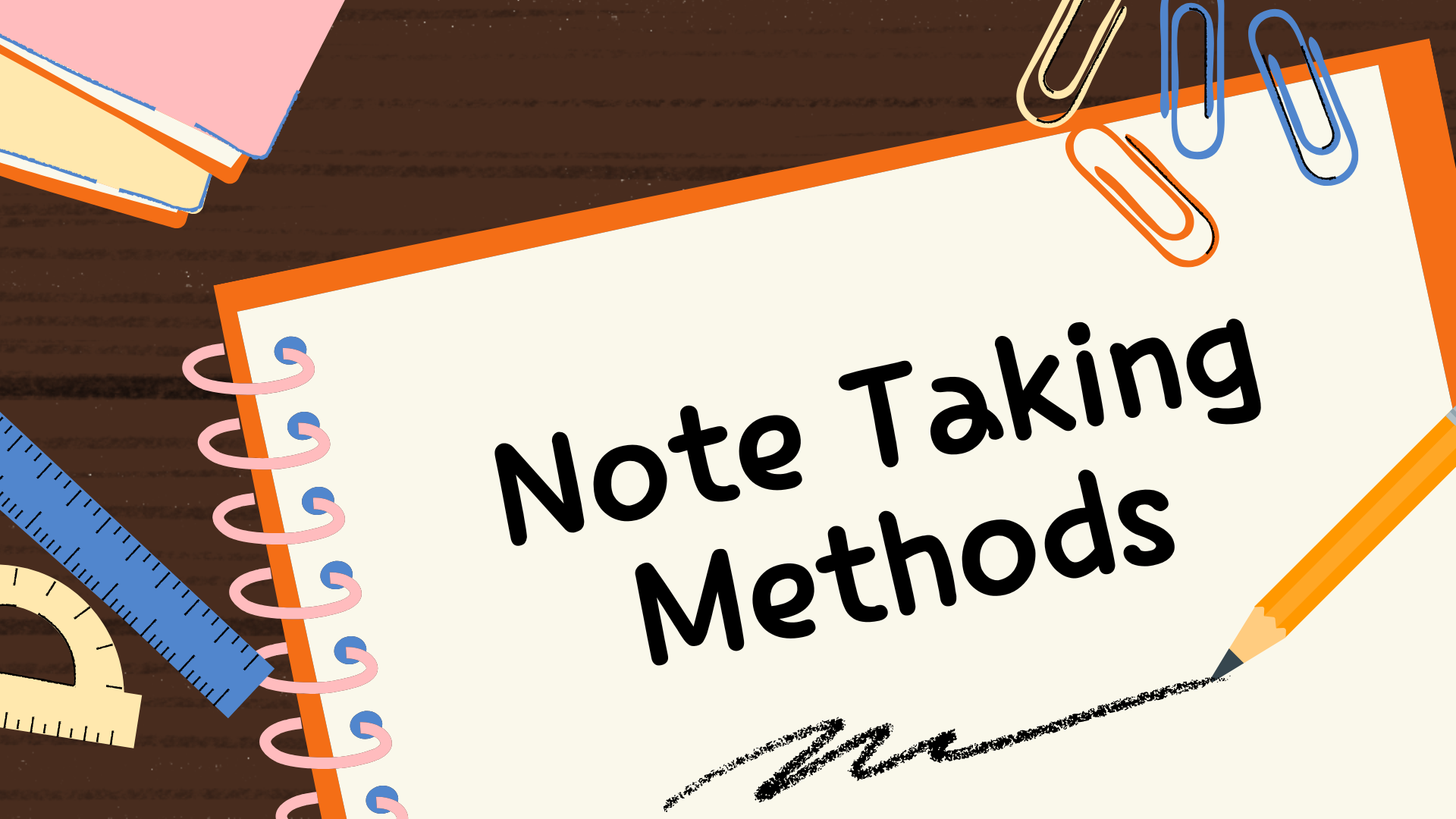Advantages and disadvantages of Cornell note taking method
In this article, we’ll be exploring the advantages and disadvantages of the Cornell Note Taking Method.
We’ll break down the steps, show you how to create a Cornell notes template, and even share some tips and tricks to help you master this method. So, grab your favourite pen and paper, and get ready to unlock the power of Cornell notes!
What Is the Cornell Note Taking Method?
the Cornell method is a structured way of organizing notes into three sections: cue column, note-taking area, and summary section with an optional title section
The Cornell Note-Taking Method was developed in the 1950s by Walter Pauk, a professor at Cornell University. Pauk, a master of teaching and learning, recognized the need for a more effective way to take notes, one that would go beyond simply transcribing information.
He devised a system that would help students actively process and engage with the material while taking notes, making it easier to understand, remember, and ultimately, apply the knowledge.
The page is divided into three sections:
The Summary Section: At the bottom of the page, you write a concise summary of the entire note.
The Note-Taking Column: This is the largest section, where you take your notes during lectures or reading.
The Cue Column: This narrower column on the left is where you write keywords, questions, or summaries related to the notes in the main column.
The Advantages of the Cornell Note Taking Method
Now, let’s dive into the benefits of using this method:
1. Active Engagement: Instead of passively listening or reading, the Cornell method forces you to actively process the information. You’re constantly summarizing, asking questions, and making connections, which helps you retain the information better.
2. Organization and Structure: The divided page format provides a clear structure for your notes, making them easier to organize and navigate. No more frantic searching for that one key concept you need!
3. Enhanced Recall: By summarizing and creating cues, you’re actively engaging with the material, making it easier to recall information during exams or when you need to revisit the topic.
4. Improved Comprehension: The act of summarizing and questioning forces you to think critically about the material and identify the key concepts. This deeper understanding can lead to better comprehension and a more thorough grasp of the subject matter.
5. Time-Saving: While it may seem like the Cornell method takes more time initially, it can actually save you time in the long run. You’ll spend less time re-reading and re-organizing your notes, and you’ll be able to find the information you need quickly and easily.
6. Versatile: The Cornell method can be used for a wide range of subjects, from history and literature to science and mathematics. It’s adaptable to different learning styles and can be customized to suit your individual needs.
The Disadvantages of the Cornell Note Taking Method
No method is perfect, and the Cornell method is no exception. Here are some potential drawbacks:
1. Time-Consuming: While the Cornell method can save you time in the long run, it can be time-consuming to create the notes initially. If you’re in a fast-paced lecture or have a lot of material to cover, it might be challenging to keep up.
2. Requires Discipline: The Cornell method requires a certain level of discipline and self-motivation. It’s easy to skip the cue column or the summary section, especially when you’re tired or feeling overwhelmed.
3. Not Ideal for Visual Learners: Some people learn best visually, and they might find the Cornell method restrictive. They might prefer to use diagrams, mind maps, or other visual aids to organize their notes.
4. Can Be Overly Structured: For some, the structured format of the Cornell method can feel too rigid. They might prefer a more free-flowing style of note-taking that allows them to express their ideas in a more creative way.
5. Not a Substitute for Active Learning: While the Cornell method can be a valuable tool for learning, it’s not a magic bullet. It’s essential to engage in active learning activities, such as asking questions, participating in discussions, and applying the knowledge to real-world situations.
How to Create a Cornell Note Template
Creating a Cornell note template is simple. You can either use a pre-made template or create your own.
Here’s how to create your own template:
Divide the page: Draw a horizontal line across the bottom of your page, about 2 inches from the bottom. This will be your summary section.
Create the cue column: Draw a vertical line down the left side of your page, about 2.5 inches from the left edge. This will be your cue column.
The note-taking column: The remaining space on the right side of the page is your note-taking column.
You can adjust the sizes of the columns to suit your preferences. Some people prefer a wider cue column, while others prefer a wider note-taking column. Experiment to find what works best for you.
Tips for Using the Cornell Note Taking Method
Here are some tips to help you get the most out of the Cornell Note-Taking Method:
- Use clear and concise language: Avoid using jargon or complex sentences. Write in a way that you can easily understand and recall.
- Use keywords and abbreviations: This will help you save time and space, and it will make it easier to review your notes later.
- Use different colors: Highlighting key concepts or important points with different colors can help you organize and remember the information.
- Review your notes regularly: The key to success with the Cornell method is to review your notes regularly. This will help you reinforce the information and make it stick in your memory.
- Use the cue column effectively: Write down keywords, questions, or summaries in the cue column. These will help you recall the information and understand the main points of the notes.
- Don’t be afraid to experiment: The Cornell method is a flexible system. Experiment with different formats and techniques to find what works best for you.
Conclusion
Whether you’re an overwhelmed student or a productivity enthusiast, the Cornell Note-Taking Method is worth a try. Its benefits often outweigh its drawbacks, especially if you’re willing to invest a little time into mastering it.
Loved learning about the Cornell Note-Taking Method? 📝Check out our post on 6 Note-Taking Methods That Will Revolutionize How You Study! happy studying!




